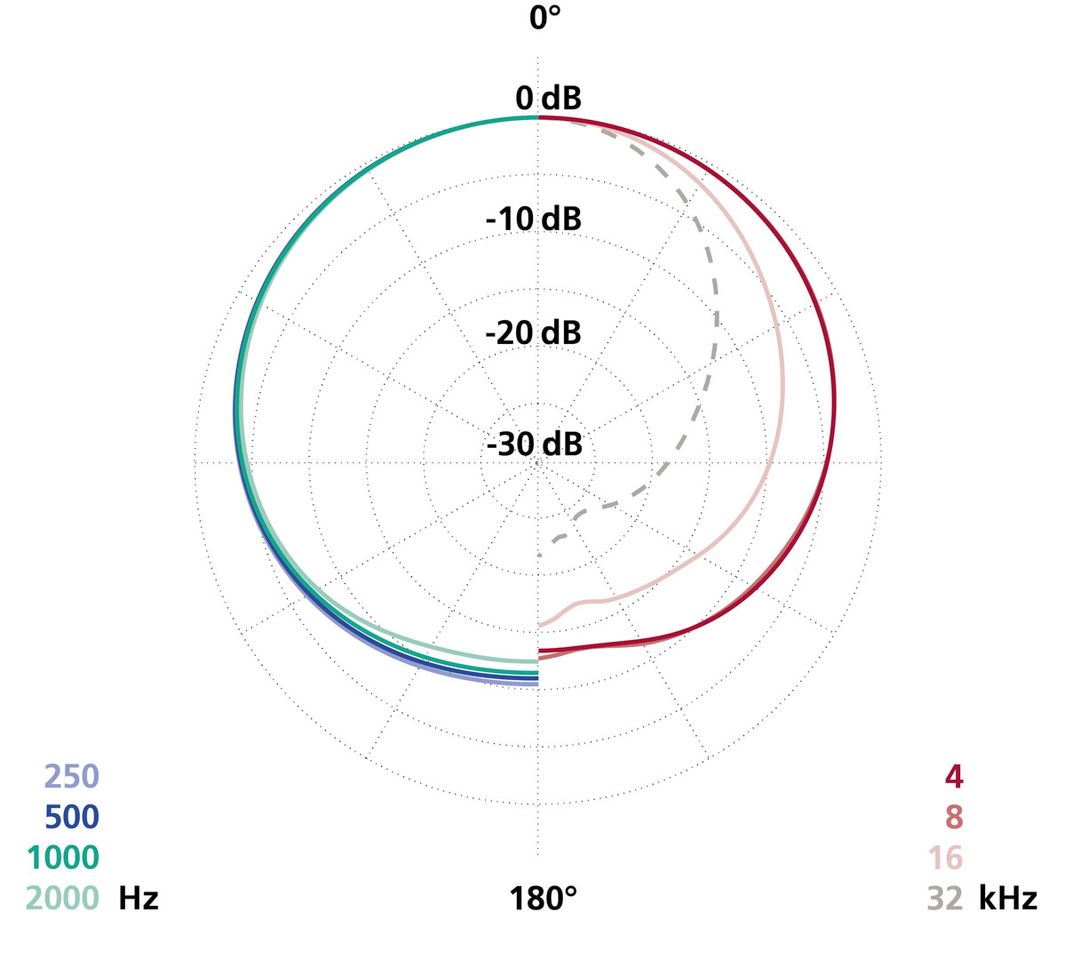Features
- wide cardioid with especially consistent directionality throughout its frequency range
- pleasant sound image, often described as “warm”
- often preferred for use as a spot microphone, or as the main pair for overall stereo pickup
This microphone can also be ordered as a modular Colette microphone, where the CMC 1 L amplifier is combined with an MK microphone capsule. (CMC 1 L + MK 21)
This variant allows the capsule to be exchanged and has advantages in terms of electrical properties in combination with digital wireless transmitters.
Order number
- No. 121003 CCM 21 L (standard Lemo version)
- No. 121004 CCM 21 K (fixed cable version with XLR)




